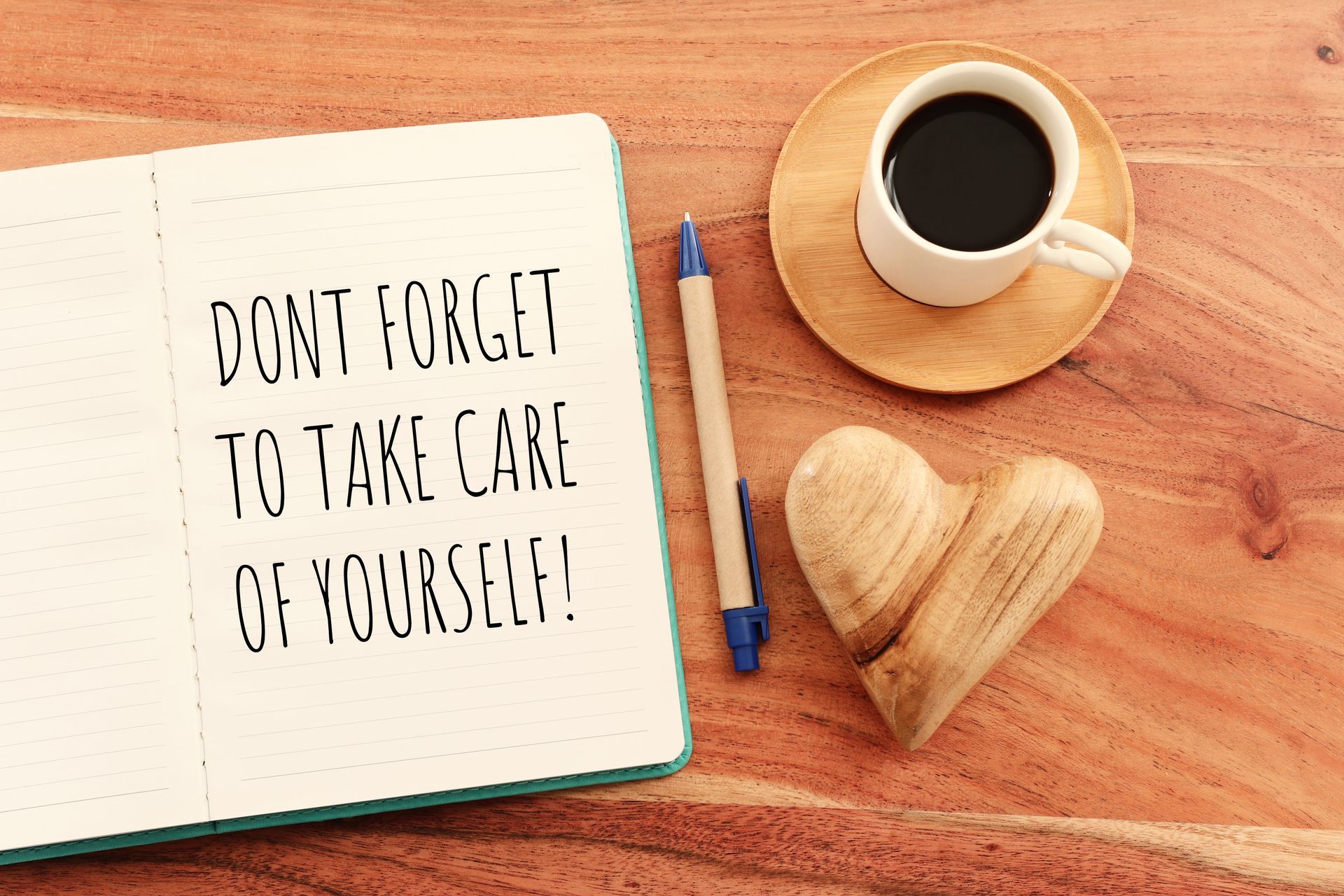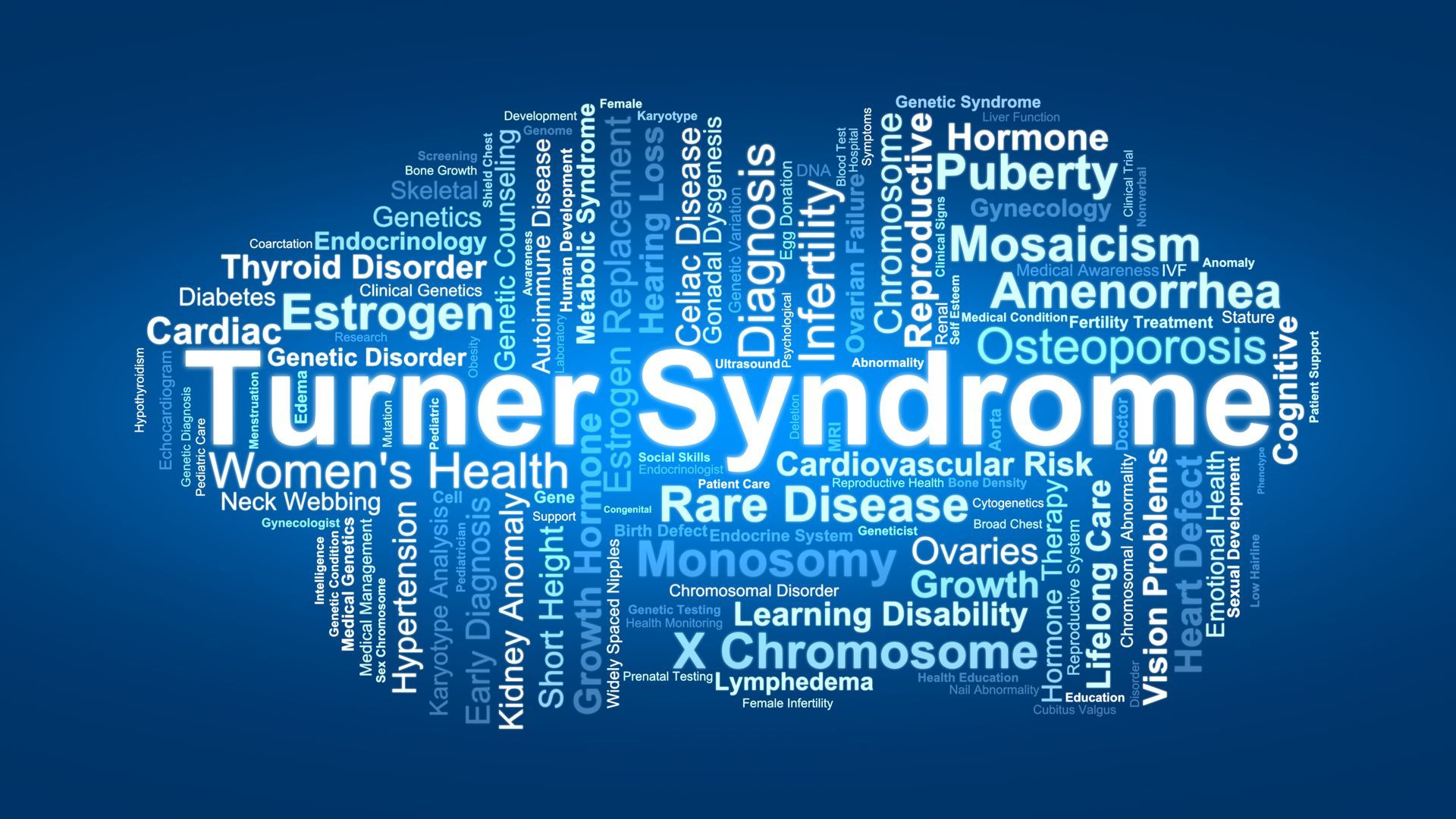Is that a Restrictive Practice?


By Eiza Butt
Practice Lead Behaviour Support
Is that a Restrictive Practice?
Blanket Rules at Supported Independent Living (SIL) Accommodation
The NDIS defines restrictive practices as interventions that restrict the rights or freedom of movement of people with disabilities. Providers must adhere to the National Disability Insurance Scheme (Restrictive Practices and Behaviour Support) Rules 2018. They must be registered to use regulated restrictive practices and comply with auditing requirements under practice standard module 2A. Providers must facilitate the development of behaviour support plans, report reportable incidents to the commission, and obtain authorisation for regulated restrictive practices as per state and territory laws. Monthly reporting to the NDIS Commission on their use of regulated restrictive practices is also mandatory.
The NDIS Quality and Safeguards Commission identifies five regulated restrictive practices: seclusion, chemical, mechanical, physical, and environmental restraint. These practices are subject to specific conditions and reporting requirements to ensure they are used appropriately and in compliance with the rules set forth by the NDIS.
Our goal is to minimise the use of restrictive practices, reserving them solely as a last resort for managing risks associated with behaviours of concern. The NDIS Quality and Safeguards Commission emphasises that blanket restrictive practices, which universally restrict participant freedoms without individual assessment, are not regulated and should not be employed by providers. For instance, providers cannot enforce rules like banning alcohol on premises, as individuals with disabilities have the right (if of legal age) to store and consume alcohol in their homes.
The Commission directs behaviour practitioners to promptly report any instances of blanket restrictive practices to them. Upon investigation, the Commission intervenes to ensure these practices are ceased, thereby safeguarding the rights and mobility of participants. This approach ensures that restrictive interventions are used judiciously and in accordance with the law, preserving the autonomy and dignity of individuals with disabilities under the NDIS framework.
News & Insights
Check Our Latest Resources







